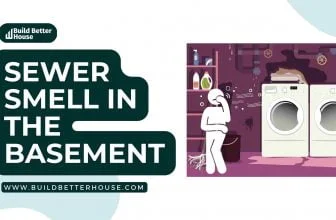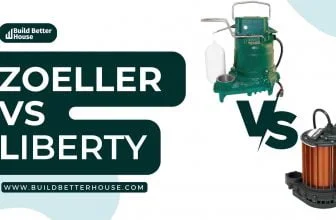Basement Ceiling Insulation: Key Factors and Installation Tips
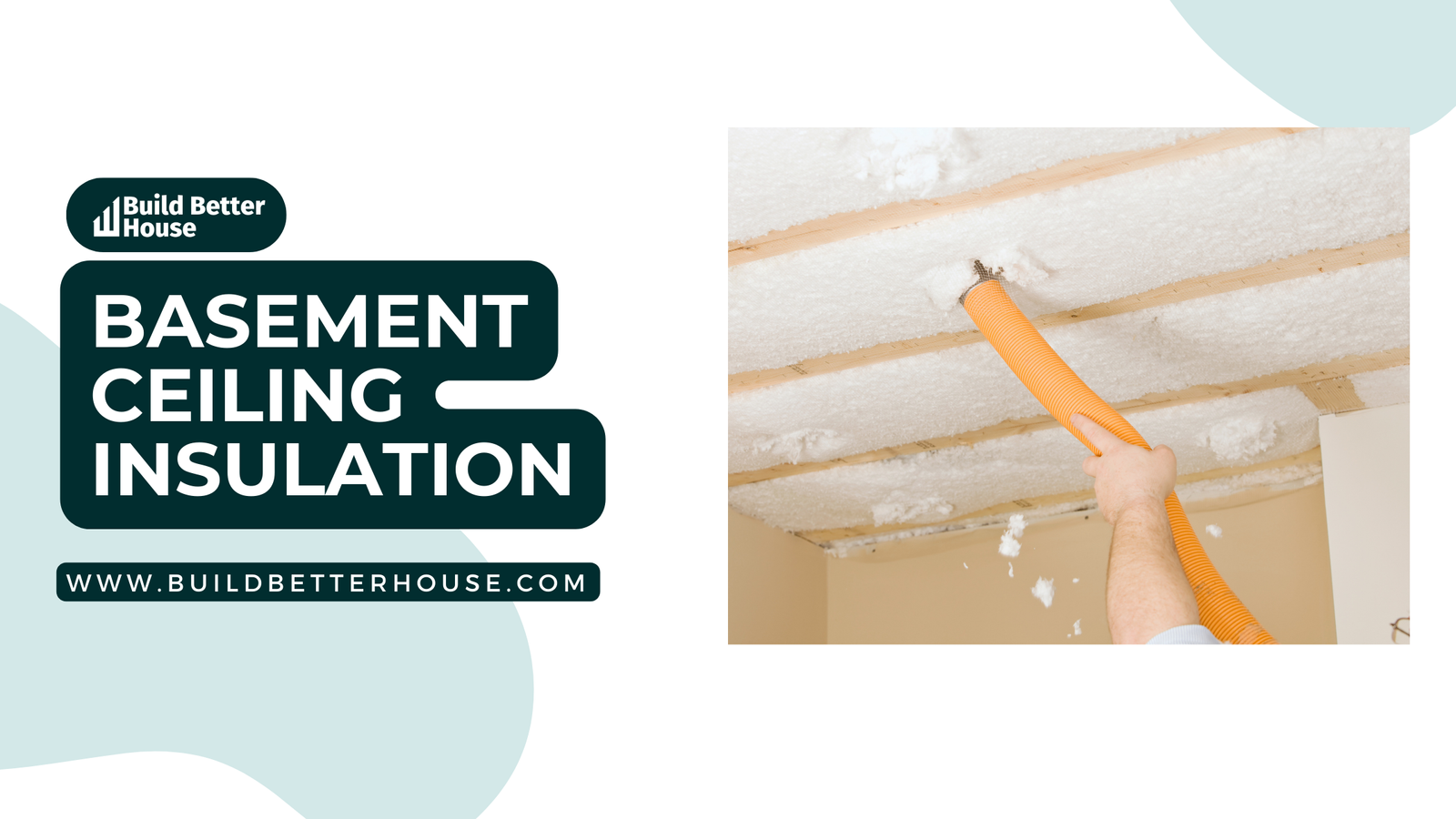
Basement ceiling insulation is an important aspect of home improvement that has the potential to increase energy efficiency and improve indoor comfort. By insulating your basement ceiling, you can create a more stable temperature throughout your entire living space, which helps to keep hot air from escaping in the winter while preventing cold air from infiltrating in the summer. Insulating your basement ceiling can also help with other concerns such as moisture and soundproofing, making it an ideal solution for renovating your basement into a comfortable living area.
When considering insulating your basement ceiling, it is essential to understand the different types of insulation available along with their respective advantages and drawbacks. By becoming familiar with these options, you can make an informed decision on the best insulation choice for your particular situation. Additionally, understanding the various techniques for installing basement ceiling insulation will ensure a successful application, maximizing your results in terms of energy savings and overall comfort.
Key Takeaways
- Basement ceiling insulation increases energy efficiency and creates a more comfortable indoor environment
- Knowledge of different insulation types and methods is critical for effective application
- Properly insulating a basement ceiling can also aid with moisture control and soundproofing.
Why Insulate Your Basement Ceiling?
Insulating your basement ceiling is an essential step in creating a comfortable and energy-efficient living space. By taking the time to insulate this area of your home, you can experience several benefits that will significantly improve your home’s overall performance.
Firstly, insulating your basement ceiling helps prevent heat loss and keeps your home warmer. This is especially crucial during colder months when retaining heat is vital for a comfortable living environment. By reducing heat loss through the ceiling, you’ll ensure that the warmth in your living spaces is maintained, and your heating system won’t need to work as hard. As a result, you’ll experience improvements in energy efficiency and savings on your utility bills.
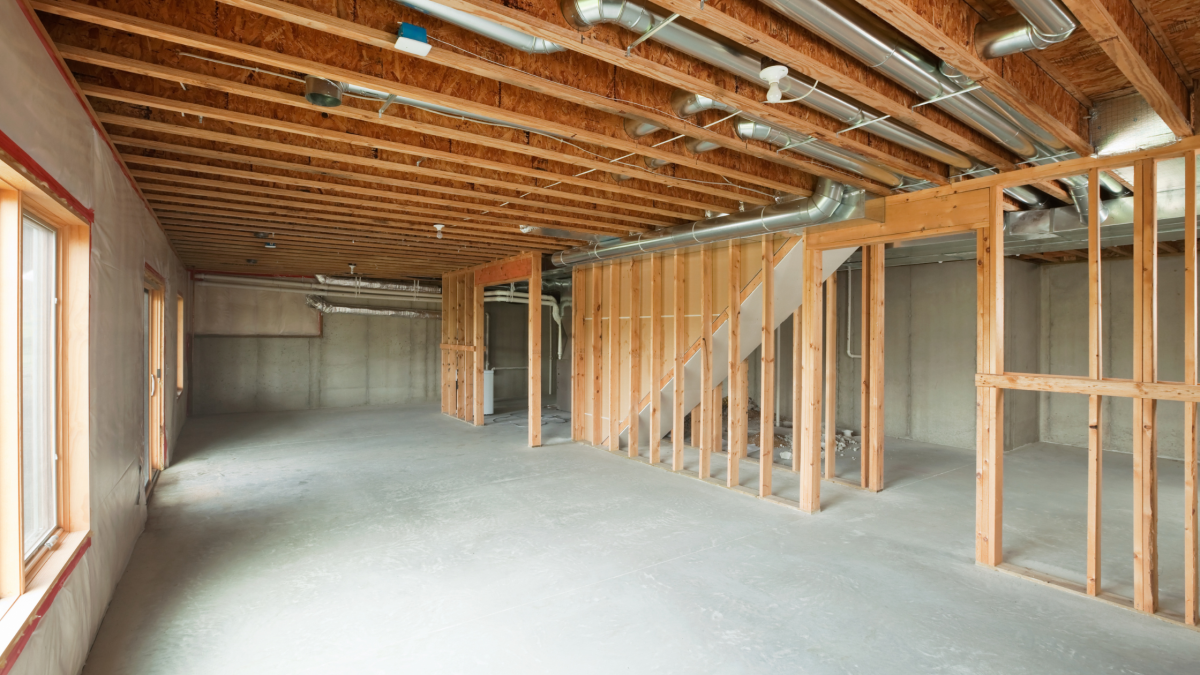
Another advantage of insulating your basement ceiling is the reduction of moisture and allergens that may form in this area. Basements are prone to dampness, leading to the growth of mold and mildew, which can compromise your indoor air quality. By insulating the ceiling, you prevent these harmful elements from spreading throughout the rest of your home, thus safeguarding your family’s health and well-being.
Besides thermal and moisture-related benefits, adding insulation to your basement ceiling can also help with soundproofing. Basements are often used as recreation or entertainment areas, producing noise that can travel through the floor above. By installing insulation in the basement ceiling, you can significantly reduce the transfer of sound between floors, creating a quieter living environment for you and your family.
In conclusion, by insulating your basement ceiling, you’ll not only improve the comfort and energy efficiency of your home, but you’ll also protect it from health and safety concerns. By investing in this crucial home improvement project, you’re making a wise decision for both your house and your loved ones.
Types of Basement Ceiling Insulation
When it comes to insulating your basement ceiling, there are several options available to you, each with its own advantages and characteristics. It’s essential to choose the right insulation material that best suits your specific needs and preferences. Here’s a brief overview of some of the most commonly used insulation materials for basement ceilings:
Fiberglass Insulation: Fiberglass is a popular choice for basement ceiling insulation due to its affordability and versatility. It comes in the form of batts or rolls, which can be easily cut and installed between joists. Fiberglass insulation has a decent R-value, providing good thermal performance and helping reduce energy bills.
Mineral Wool Insulation: Also known as stone wool insulation, this material is made from naturally occurring mineral fibers. Mineral wool offers excellent fire resistance and soundproofing properties, making it a good option for basement ceilings. It is available in batts and rolls, similar to fiberglass, providing an easy installation process.
Cellulose Insulation: Made from recycled paper fibers treated with fire-retardant chemicals, cellulose insulation is an eco-friendly alternative to traditional insulation materials. It can be blown into cavities or dense-packed in spaces, making it a great option for insulating irregularly shaped areas in your basement ceiling. Acoustimac Acoustic Insulation Eco Cellulose is an example of this type of insulation.
Spray Foam Insulation: Spray foam provides an air-tight seal, ensuring exceptional thermal performance and moisture resistance. This insulation comes in two types: open-cell and closed-cell spray foam. While closed-cell foam offers higher R-values, it can be more expensive than other options.
Wool Insulation: If you’re looking for a natural, sustainable insulation material, wool is an excellent choice. Insulation batts made of wool provide good thermal and soundproofing properties. They also have the ability to absorb and release moisture, making them an appealing option for basement ceilings.
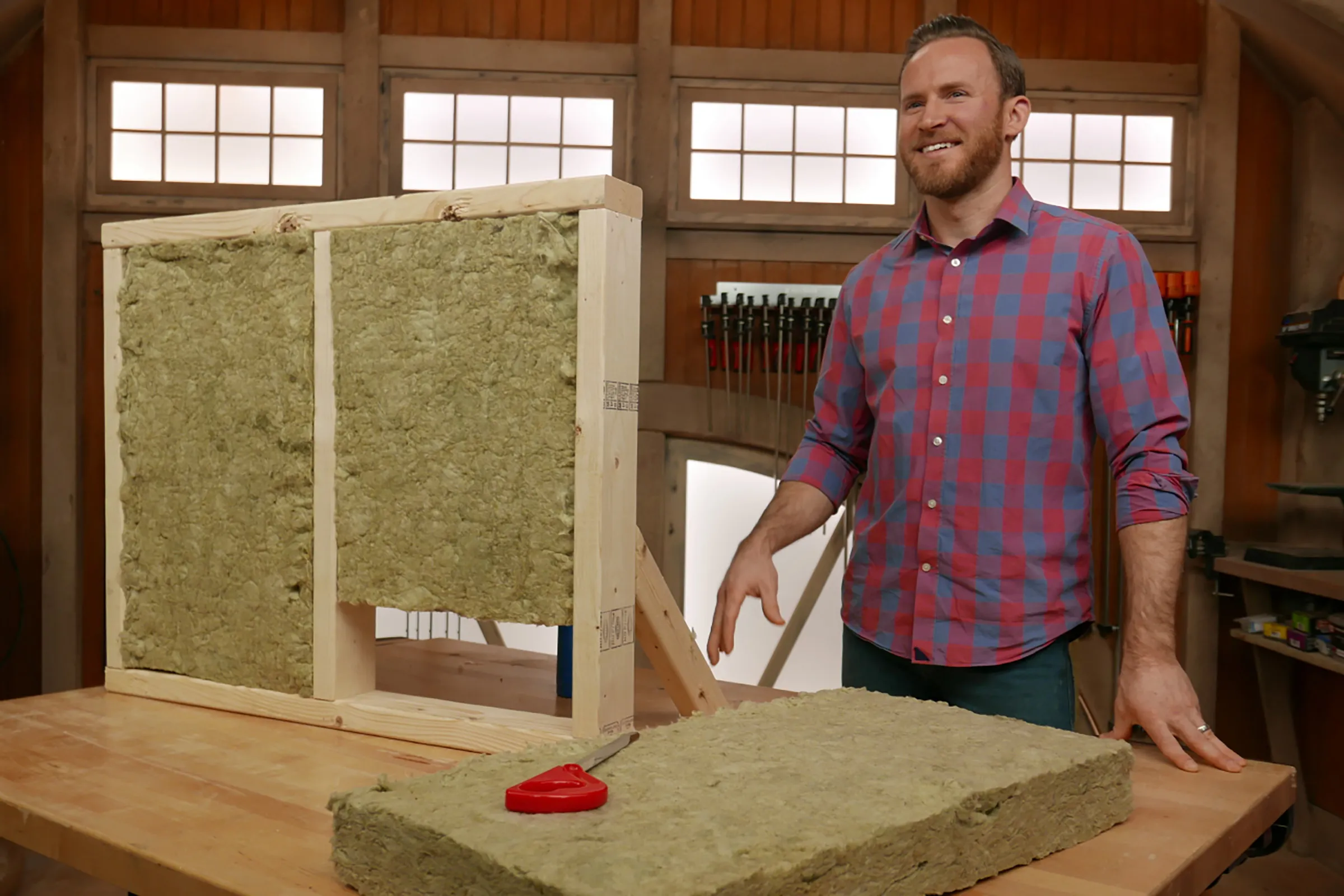
As you can see, there are a variety of insulation materials available for your basement ceiling. Consider factors such as R-value, fire resistance, soundproofing, ease of installation, and eco-friendliness when making your decision to ensure you achieve the desired level of comfort and energy efficiency in your home.
Basement Ceiling Insulation Techniques
When insulating your basement ceiling, it’s essential to consider the materials and methods that best suit your specific needs. There are several techniques you can use to insulate the ceiling effectively while maintaining a comfortable living space both in the basement and rooms above.
One technique is insulating between the joists in your basement ceiling. This method involves filling the spaces between the floor joists with insulation material like fiberglass, foam board, or sprayed foam. It’s crucial to ensure the insulation is installed accurately and snugly between the joists, as gaps can cause energy loss and reduce overall effectiveness.
Another effective method is insulating the foundation wall, especially for exposed concrete walls. Installing insulation on the interior walls will help prevent heat loss and provide a thermal barrier in your basement. Foam board or sprayed foam insulation are suitable options for this method, as they provide excellent thermal resistance and can be applied directly to the foundation wall.
Don’t overlook insulating your basement’s ductwork. Uninsulated ducts can cause significant energy loss, making your heating and cooling system work harder than necessary. Wrapping the ducts with insulation material, such as fiberglass or foil-faced bubble wrap, can help reduce heat transfer and improve energy efficiency in your home.
When selecting insulation materials, consider their R-value, a measure of insulation’s effectiveness in resisting heat flow. Higher R-value materials typically offer better insulation capabilities. You should also factor in your local climate and the specific needs of your basement to make an informed decision.
Remember, proper installation is the key to maximizing the benefits of basement ceiling insulation. By ensuring the insulation is installed correctly, you’ll enhance your home’s energy efficiency, improve temperature control, and keep your living spaces more comfortable throughout the year.
Considerations When Insulating Basement Ceilings
When insulating your basement ceiling, there are several factors to consider to ensure both efficiency and safety. The insulation plays a significant role in maintaining your home’s temperature, reducing energy costs, and preventing moisture-related issues.
First, take note of the moisture levels in your basement. Excess humidity or dampness can lead to mold growth, particularly behind insulation materials. To avoid such problems, make sure your basement is properly ventilated, and consider using a dehumidifier to control humidity levels. Additionally, check for any signs of water leaks or condensation, as these issues require attention before proceeding with insulation.
Next, choose the right insulation material for your needs. Fiberglass batts are a popular option for basement ceiling insulation, as they are easy to install, provide effective temperature regulation, and offer some soundproofing benefits. However, you should ensure that the batts are installed with a vapor retarder facing the warm side of your home to reduce the chances of condensation.
It is essential to consider the impact of insulation on the overall air quality in your home. Proper insulation can help reduce the spread of allergens by creating a barrier between your basement and the floors above. Maintain a clean and well-ventilated basement to minimize potential allergen or pollutant buildup.
Lastly, consider the potential loss of ceiling height when adding insulation. Thicker insulation materials may decrease the headroom in your basement, which may be an issue if you have low ceilings. Choose a suitable insulation thickness while maintaining a comfortable ceiling height.
By taking these factors into account when insulating your basement ceiling, you can effectively manage temperature, control moisture, and reduce the risk of mold growth, while maintaining a comfortable and energy-efficient living space.
Cost and Energy Efficiency
When it comes to insulating your basement ceiling, there are several options available to you, each with varying costs and energy efficiency levels. The primary goal of insulation is to reduce heat loss, making your home more comfortable and energy-efficient. This investment can lead to significant savings on your energy bills over time.
One popular insulation material is roll and batt insulation, which costs between $0.90 to $3.35 per square foot. This affordable option provides a decent level of energy efficiency. Another option to consider is loose-fill insulation, which costs slightly more, ranging from $1.00 to $2.25 per square foot. It offers improved energy efficiency, as it can better conform to the unique shape of your basement ceiling, reducing heat loss more effectively.
A third option, spray foam insulation, can be more expensive, with a cost ranging from $1.47 to $8.65 per square foot. However, it offers superior energy efficiency due to its ability to create an air-tight seal, thus preventing heat loss to a greater degree. Lastly, rigid insulation boards are another option. Their cost varies between $1.65 and $2.75 per square foot and is a suitable choice for achieving good energy efficiency.
While the initial expense of insulation may seem high, it’s essential to consider the long-term savings in terms of energy efficiency. By investing in high-quality insulation for your basement ceiling, you can reduce heat loss and create a more comfortable, energy-efficient home. In turn, this investment will pay off over time through reduced energy bills and a more comfortable living environment for you and your family.
Soundproofing and Aesthetics
Soundproofing your basement ceiling is an excellent way to reduce nuisance noise and enhance the acoustics within the space. Acoustic insulation helps prevent sound transfer between the basement and the rooms above, creating a more comfortable and peaceful environment for everyone. Additionally, you can improve the aesthetics of your basement ceiling by incorporating visually appealing materials and finishes.
To effectively soundproof your basement ceiling, consider using high-quality insulation materials that are specifically designed to minimize sound transfer. Fiberglass, mineral wool, and cellulose are popular options, as they provide good acoustic performance and are relatively easy to install. Another option is foam board insulation, which offers superior noise reduction properties.
If you’re looking for a visually appealing finish, consider using paintable fleece or a high-performance coating to improve the appearance of your basement ceiling. A smart fibre structure can be integrated into the design, providing a clean, seamless look that complements the rest of your basement decor.
When taking on a basement ceiling insulation project, remember these key points:
- Choose insulation materials with strong acoustic properties to minimize sound transfer.
- Improve the aesthetics of your basement ceiling with paintable fleece, high-performance coatings, or smart fibre structures.
By combining both soundproofing measures and aesthetic elements, you can create a basement space that is both functional and visually appealing. With a well-insulated, soundproofed ceiling, you can enjoy the peace and comfort of your basement without worrying about noise disruptions.



